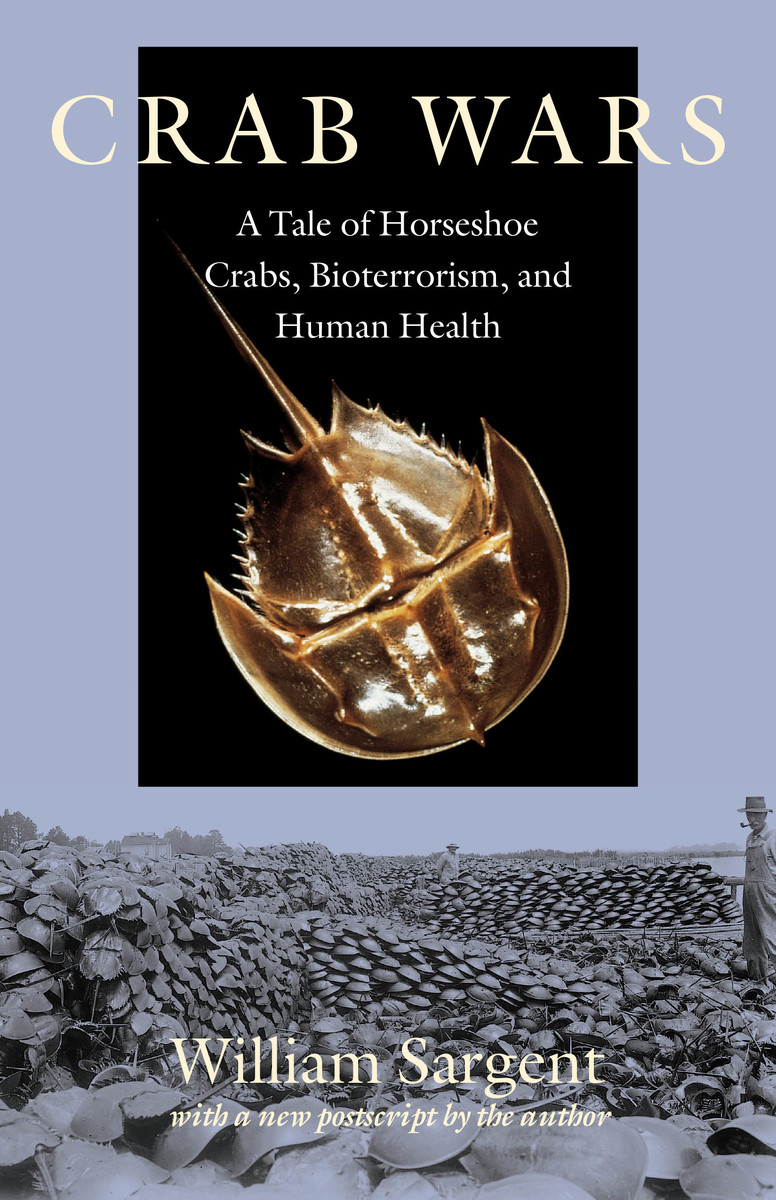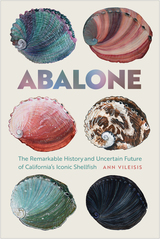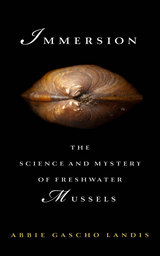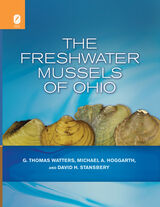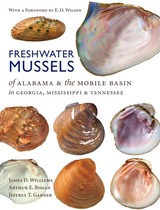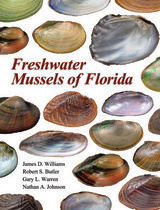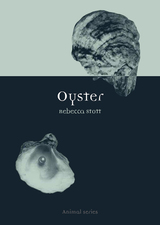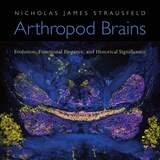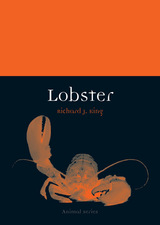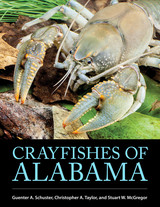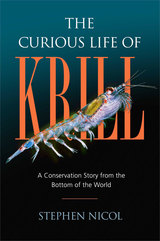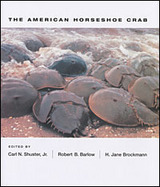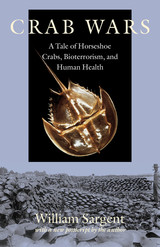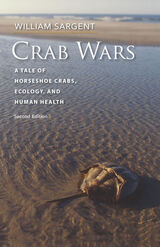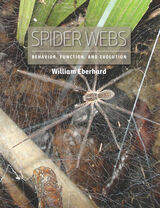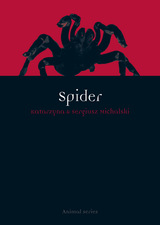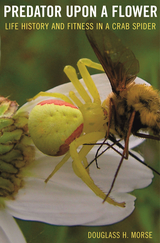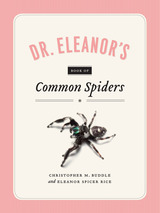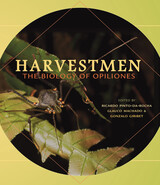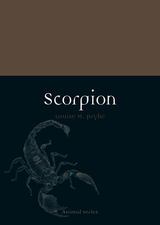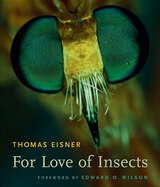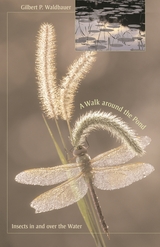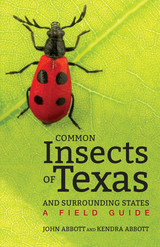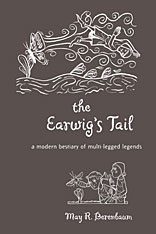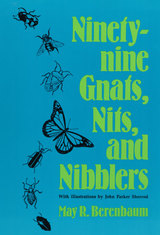Crab Wars: A Tale of Horseshoe Crabs, Bioterrorism, and Human Health
University Press of New England, 2006
Cloth: 978-1-58465-168-0 | Paper: 978-1-58465-531-2 | eISBN: 978-1-61168-716-3
Library of Congress Classification QL447.7.S27 2002
Dewey Decimal Classification 333.955
Cloth: 978-1-58465-168-0 | Paper: 978-1-58465-531-2 | eISBN: 978-1-61168-716-3
Library of Congress Classification QL447.7.S27 2002
Dewey Decimal Classification 333.955
ABOUT THIS BOOK | AUTHOR BIOGRAPHY | REVIEWS | TOC
ABOUT THIS BOOK
Surviving almost unmolested for 300 million years, the horseshoe crab is now the object of an intense legal and ethical struggle involving marine biologists, environmentalists, US government officials, biotechnologists, and international corporations. The source of this friction is the discovery 25 years ago that the blood of these ancient creatures serves as the basis for the most reliable test for the deadly and ubiquitous gram-negative bacteria. These bacteria are responsible for life-threatening diseases like menengitis, typhoid, E. coli, Legionnaire’s Disease and toxic shock syndrome. Because every drug certified by the FDA must be tested using the horseshoe crab derivative known as Limulus lysate, a multimillion dollar industry has emerged involving the license to “bleed” horseshoe crabs and the rights to their breeding grounds. Since his youthful fascination with these ancient creatures, William Sargent has spent much of his life observing, studying, and collecting horseshoe crabs. As a result, he presents a thoroughly accessible insider’s guide to the discovery of the lysate test, the exploitation of the crabs at the hands of multinational pharmaceutical conglomerates, local fishing interests, and the legal and governmental wrangling over the creatures’ ultimate fate. In the end, the story of the horseshoe crab is a sobering reflection on the unintended consequences of scientific progress and the danger of self-regulated industries controlling a limited natural resource.
See other books on: Corrupt practices | Human Health | Marine Life | Pharmaceutical industry | Tale
See other titles from University Press of New England
